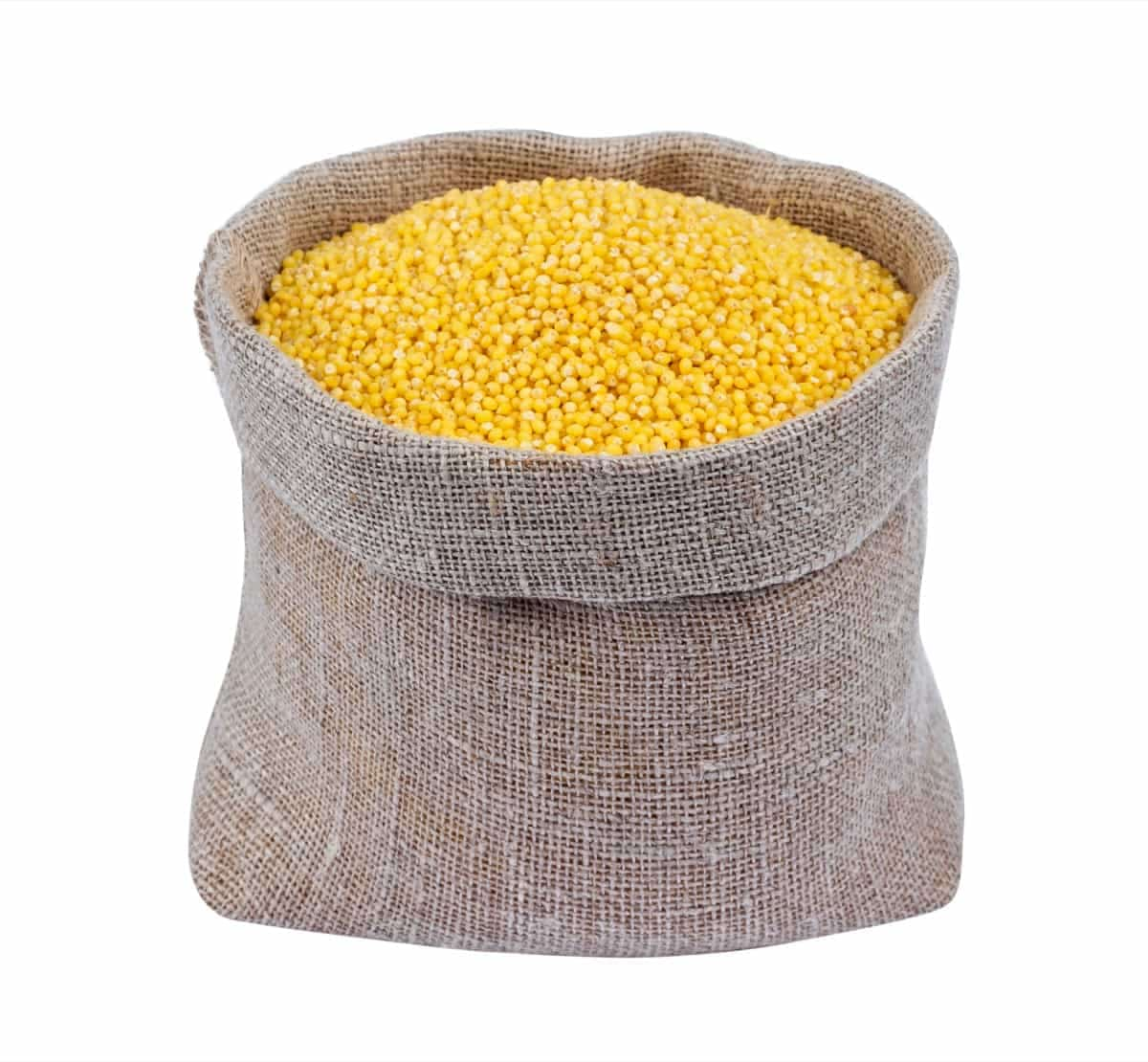Millet, a group of small-seeded grasses, is a crop globally valued for its nutritional benefits and adaptability to growing conditions. Known for its rich fiber content, abundant minerals, and gluten-free nature, millet has been a staple food in India for centuries. As the world shifts toward healthier food habits, the demand for millets in international markets is rising. This increase in global demand has opened up lucrative business opportunities for millet export from India.

This comprehensive guide provides a roadmap to successfully navigate the intricacies of exporting millets from India. We’ll examine the nuances involved in the export process, outline steps, and discuss potential importing countries for Indian millets. Here we provide valuable insights on millet export industry dynamics, empowering you to make informed decisions and formulate strategic plans.
Understanding the Potential of Exporting Millets from India
Millets are one of the many agricultural products India exports, but they hold unique significance due to their nutritional value and growing demand. Today, millets are considered a superfood in the health food industry worldwide. The high global demand for millet and India’s ability to produce these grains on a large scale make the country a major player in the international millet market.
To understand the potential of exporting millets, one must first recognize the diverse varieties of millets grown in India, including Pearl Millet (Bajra), Foxtail Millet (Kangni), Finger Millet (Ragi), Barnyard Millet (Sanwa), and Little Millet (Kutki), among others. Each type has unique characteristics and specific demand in the international market, influencing the selection of millets for export.
Identifying Millet Importing Countries
With a firm understanding of the product, the next crucial step is identifying the potential millet-importing countries. Europe, North America, and Asia are leading importers of millets due to the rising health consciousness and the demand for gluten-free products in these regions. Countries like Germany, the United States, Canada, the United Kingdom, China, South Korea, and Japan are among the largest importers of millets.
Identifying the importing countries helps channel your export efforts and enables you to understand the countries’ specific import regulations, quality standards, and consumer preferences. Knowing your target markets allows you to tailor your business strategies, from packaging to marketing, to fit the consumers’ needs and preferences in these countries.
Obtaining Necessary Licenses and Certifications
After identifying potential importing countries, it’s time to get the required licenses and certifications for exporting millets. To initiate the procedure, it is important to acquire an Import Export Code (IEC) from the esteemed Director General of Foreign Trade (DGFT), under the jurisdiction of the Government of India. The IEC is mandatory for any export activity and is an identification number.
Additionally, depending on your target market, you may need specific certifications to export millets. For instance, exporting to European countries may require Global GAP certification, which verifies that your farming practices are safe and sustainable. Exporting to the United States may necessitate adherence to the regulatory standards established by the U.S. Food and Drug Administration (FDA). Understanding these regulations and obtaining the necessary certifications can help ensure a smooth export process.
Procurement, Storage, and Quality Control of Millets
The procurement process begins with sourcing high-quality millets from farmers or wholesalers. It’s important to ensure that the millets are grown using sustainable practices and are free from harmful chemicals. Millets should be thoroughly cleaned and sorted before packaging to ensure that only the highest quality grains are exported.
Once procured, proper storage of millets is vital. The items should be kept in a dry and cool environment, free from pests and insects. This step is crucial to maintaining the quality and nutritional value of the millets over time.
Ensuring high standards during the export procedure is an essential phase called quality control. From the farming and harvesting methods to the cleaning, sorting, and packaging processes, each stage needs to be monitored for quality assurance. Following the quality guidelines established by the importing nations can prevent possible difficulties when engaging in the export procedure.
In case you missed it: How to Start Meat Export Business in India

Packaging and Labelling of Millets
Packaging and labeling millets for export is a critical step, influencing both the quality of the product and its acceptability in the international market. The packaging should be strong to prevent damage during transportation and ensure that the product reaches the consumers in good condition. The packaging should also comply with the importing country’s regulations.
Labeling is equally important as it provides information about the product to the consumers. It should include details such as the product name, manufacturing date, expiry date, net weight, country of origin, and any other information the importing country requires. Additionally, labels can also be used to highlight the unique selling points of your product, such as its nutritional value or organic certification.
Finding a Reliable Freight Forwarder
Finding a reliable freight forwarder is essential in the export process. They handle the logistics of transporting the millets from India to the importing countries, including booking cargo space, arranging transport to and from the ports, and handling customs documentation. A reliable freight forwarder can ensure that your products are transported efficiently and arrive at their destination on time.
Understanding Customs and Duties
Each country has its specific customs, regulations, and duties. Understanding these can help you avoid delays and additional costs. You may need to provide various documents, such as a commercial invoice, packing list, bill of lading, and certificate of origin, among others, to the customs officials in the importing country. Additionally, depending on the importing country’s regulations, you may need to pay certain customs duties.
Establishing a Market Presence and Building Relationships
Once you’ve successfully exported the millets, the next step is establishing a market presence in the importing countries. This process may involve marketing and promotional activities to create awareness about your product. You may also need to collaborate with local distributors or retailers to sell your product.
In case you missed it: Clean Earth: A Comprehensive Guide to Launching Your Litter Removal Business

Building relationships with your buyers and maintaining a consistent supply of high-quality millets can help you establish a loyal customer base. Participating in trade fairs and exhibitions can also provide opportunities to connect with potential buyers and understand the latest market trends.
Conclusion
Exporting millets from India offers promising opportunities due to the rising global demand for these nutritious grains. However, to succeed in this venture, it is important to understand the export process in detail, from obtaining necessary licenses and certifications to identifying potential importing countries, ensuring quality control, and establishing a strong market presence.
- Pet-Tech Startups: Innovations for Animal Lovers
- Tech Repair Services: Meeting the Demand for Gadget Maintenance
- Maximizing Rewards: Smart Credit Card Habits for Cashback and Points
- Ultimate Guide to Making Money from Goat Milk Business
- How to Start an Agricultural Value Added Product Business
- Value-Added Business Ideas for Greenhouse: The Best Ways to Make Profits with Greenhouse Farming
- How to Make Profits with Organic Country Chicken: Best Strategies for Beginners
- 10 Value-added Business Ideas for Millets: Low-investment and Highly Profitable
- Why Cleaning Service Business Becoming More Profitable in Metro Cities in India